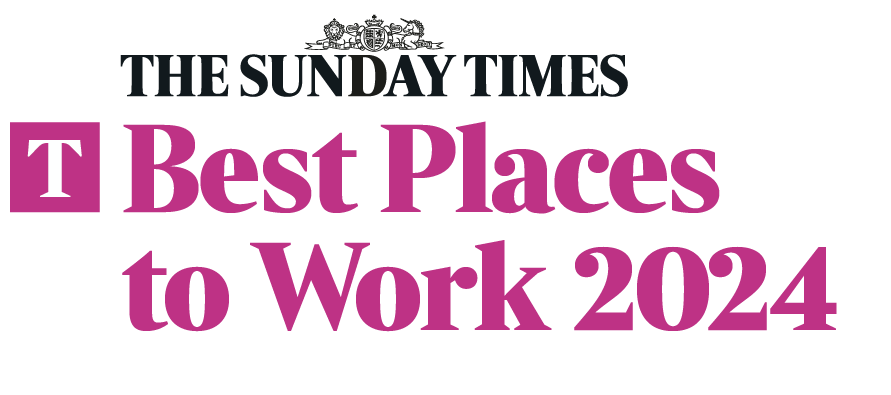The Lean Startup [Speed Summary]

- The Lean Startup: How Constant Innovation Creates Radically Successful Businesses
- Author: Eric Ries
- Publisher: Crown
- Publication date: 2011
As well as earning cult status as the innovator’s bible in Silicon Valley, The Lean Startup is being adopted by big brands as a fast, efficient and cost-effective framework for doing breakthrough innovation in new and unproven markets.
Learning by Doing
In essence, the message of The Lean Startup is simple – it’s a learning by doing approach to innovation. Author, serial entrepreneur and Silicon Valley rockstar Eric Ries suggests that many big brands have got innovation the wrong way around; they need to ‘build and learn’ rather than ‘learn and build’. Traditionally, brands begin the innovation process with a learning phase through traditional market research surveys, groups and interviews. Once they’ve learned about unmet needs, wants and desires, they then build a product or service. But this ‘learn and build’ approach is wasteful because you spend a lot of time learning without building and a lot of time building without learning – so you don’t know if your learning or building is relevant in actual practice, as opposed to in theory. An alternative ‘lean’ (less wasteful) approach in today’s era of fast-prototyping, digital prototyping and even ‘pretotyping‘ (pre- or proto-protypes – early rough-and-ready prototypes) is to learn by doing. Build a prototype first – based on your vision – and then learn by putting it in the hands of consumers. Of course, your vision may be completely off the mark, but with cost-effective prototyping, you can quickly ‘course correct’ and try again, and iterate towards a product that delivers real value through a virtuous ‘build and learn’ loop.

Validated Learning
The Lean Startup calls this ‘build and learn’ approach to innovation ‘validated learning’ – you validate your vision and their assumptions with real world experiments. The most cost-effective (‘lean’) way to do this is to build ‘MVPs’ – not Lebron James or Kevin Durant – but ‘Minimum Viable Products’. An MVP is simply a low-cost fast-prototype that simulates your vision and the assumptions you make with the market – in real life. For example, to test the assumption that consumers would buy shoes online, Zappos founder Nick Swinmurn took pictures of cool shoes he saw in shoe stores and posted them online with an e-commerce checkout facility. When someone ‘bought’ the shoes, Swinmurn would go round to the shop in person, buy them and then mail them. In this way he was able to validate his hypothesis in a cost-effective way through a simple real-world experiment. Validated learning is the key to innovation success, and the prototype is your principal insight tool.
Cutting the Waste
A major theme in The Lean Startup is that too many innovation projects are wasteful because they do not build on ‘validated learning’ – instead they spend a fortune on upfront insight research – and then hand the brief to a development team that then builds something in isolation from consumers. But with fast-protyping technology we can reduce the risk with a build-and-learn loop that sense-checks products with consumers as they are developed. A practical way to do this is ‘split-testing’ – giving one set of consumers one version of an in-development product and to the others, another – and then compare feedback. By developing a product in this way with iterative rounds of consumer feedback, brands can be sure they are innovating something with market appeal.
The BG Take
There’s a lot to like in The Lean Startup for big brands. Of course The Lean Startup does more than simply make the case for a ‘learning by doing’ approach to innovation with its toolbox of build-and-learn loops, fast-protoytping and validated learning. For example, there’s an in-depth discussion of the art of ‘pivoting’ – changing what it is you are developing and who it’s for – based on the feedback you get in the development process. But for consumer brands looking to take risk and waste out of innovation, especially in new and untested markets, the key message is that we should be building in order to learn, not learning in order to build.




